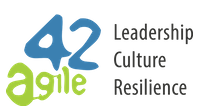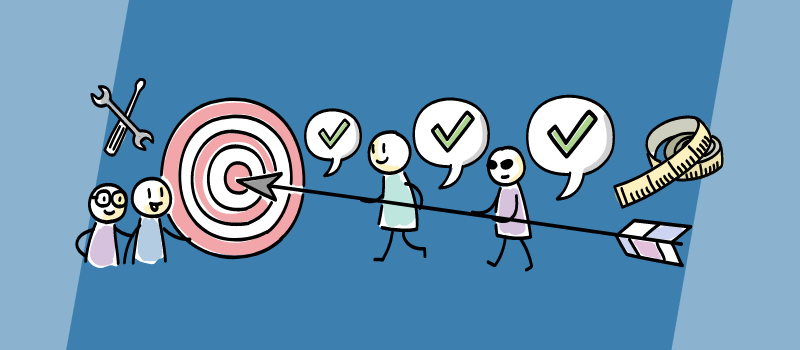Part 1: Human Factors in Agile Transformations
/by Amy Bridgeagile42 coach, Michéle Twomey, kicks off this two-part series on "Human Factors in Agile Transformations". In this video interview, Michéle gives us her take on Gerald M. Weinberg's statement: “all problems are people problems”. She also delves into what human factors one needs to consider in agile transformations as well as her sources of inspiration in her own journey of understanding human factors.
Watch the full interview below:
Watch the recording of Michéle's webinar on "Human Factors in Agile Transformations".
Gerald M. Weinberg said, “all problems are people problems”. What do you make of that statement?
Just last week in a call someone mentioned: “We the people are the greatest obstacle to our change journey”. And yes, the problems seem to appear or become visible between people. This “between people” is how we connect and relate to each other; how we engage and collaborate with each other; how we think and communicate our thoughts with each other. So the space between what’s communicated both verbally and non-verbally and what is heard, perceived, understood, and interpreted on the other side, is what’s interesting.
The quality of this in-between space strongly depends on the connection to self. My self-awareness of what am I bringing into this space is tremendously important. So I believe that the space in between is where the potential lies and all possibilities are people possibilities.
What human factors does one need to consider in agile transformations?
Well, humans have different needs and values, but fundamentally people thrive when they belong and are part of a greater shared purpose, are given autonomy and an opportunity for mastery. So in an agile transition, an interesting question to explore is: “how are we intentionally creating and holding spaces for people to connect and relate to the why of an agile transition, to engage and collaborate towards a shared purpose through an agile transition”.
Now more than ever, we should be paying attention to how digital processes and electronic communication tools are reducing the shared experience of the “in-between spaces” where possibilities are born. See when I connect with you remotely through a screen or as an avatar, I no longer share an experience with you in a physical space. I am not able to shake your hand - not just to physically shake your hand but to be able to sense energetically who’s inside that hand. All of this information I believe - all of this auditory, tactile, energetic information is what contributes to the psychological safety and trust between people.
What have been your sources of inspiration in your own journey of understanding human factors?
My greatest inspiration has been the “gestalt” approach. “Gestalt” meaning “form” or “shape” and “gestalt” sees humans as more than brain and intellect, so connecting mind, body, and spirit energy and also an awareness of energy between people and the possibility of what forms and shapes might emerge in that energy space between people.

This relates to another inspiration from Dr. Gabor Maté and his work. Where he speaks of people as an embodiment of creative adaptations from past biographical experiences. So knowing self, being connected to self, and being very aware of what are my defenses, what are my triggers, and what am I bringing into this space between people is an important factor when connecting with others around me.
There are some key themes between “gestalt” and agile transitions that speak to me and one of them is taking personal responsibility as well as the here and now and focusing on how we show up and the quality of how we show up in a space between people.
Watch the recording of Michéle's webinar on "Human Factors in Agile Transformations".
*Click here to read Part 2 blog post*




